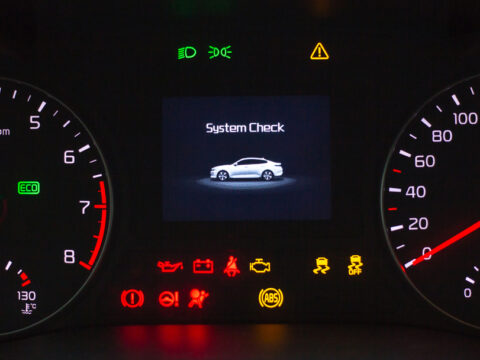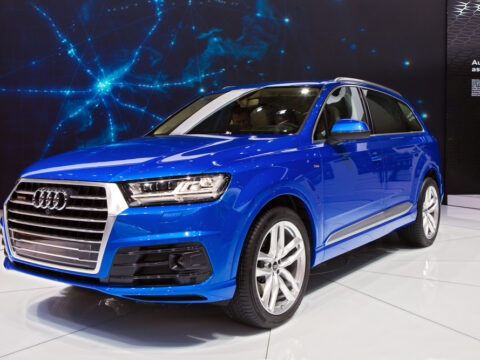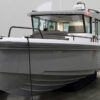Space exploration has come a long way since the first satellite orbited Earth. Over the years, numerous groundbreaking spacecraft have revolutionized our understanding of the universe. In this article, we’ll explore 20 of the most innovative and influential spacecraft that have significantly advanced space exploration, each playing a crucial role in expanding our knowledge and pushing the boundaries of what we once thought possible.
Contents
Sputnik 1
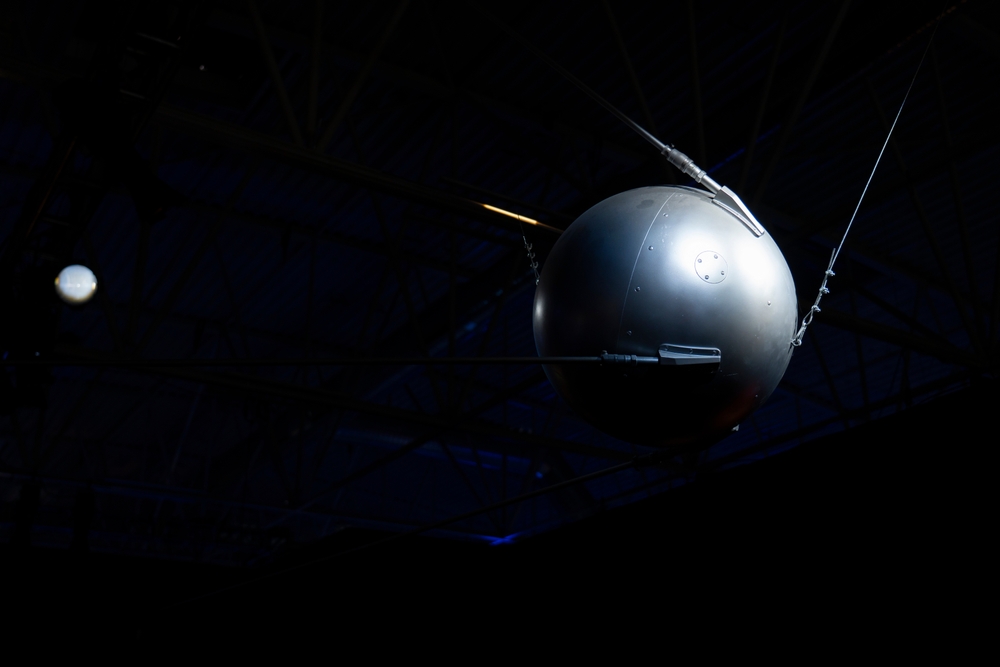
Launched by the Soviet Union on October 4, 1957, Sputnik 1 was the world’s first artificial satellite. This basketball-sized sphere marked the beginning of the space age and the U.S.-U.S.S.R. space race. Sputnik’s successful orbit demonstrated the feasibility of sending objects into space, sparking global interest and technological advancements in space exploration.
Vostok 1
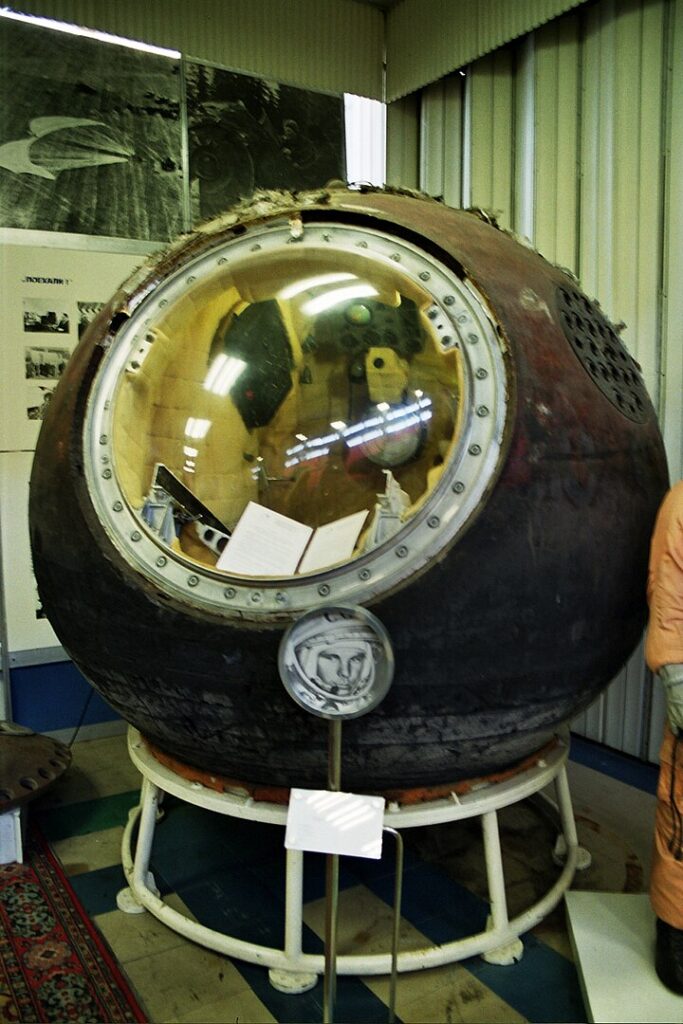
On April 12, 1961, Vostok 1 carried Yuri Gagarin, the first human, into space. The Soviet spacecraft completed one orbit around Earth, proving that humans could survive and function in space. This mission was a monumental achievement, significantly advancing human spaceflight capabilities and solidifying the Soviet Union’s leadership in space exploration.
Apollo 11
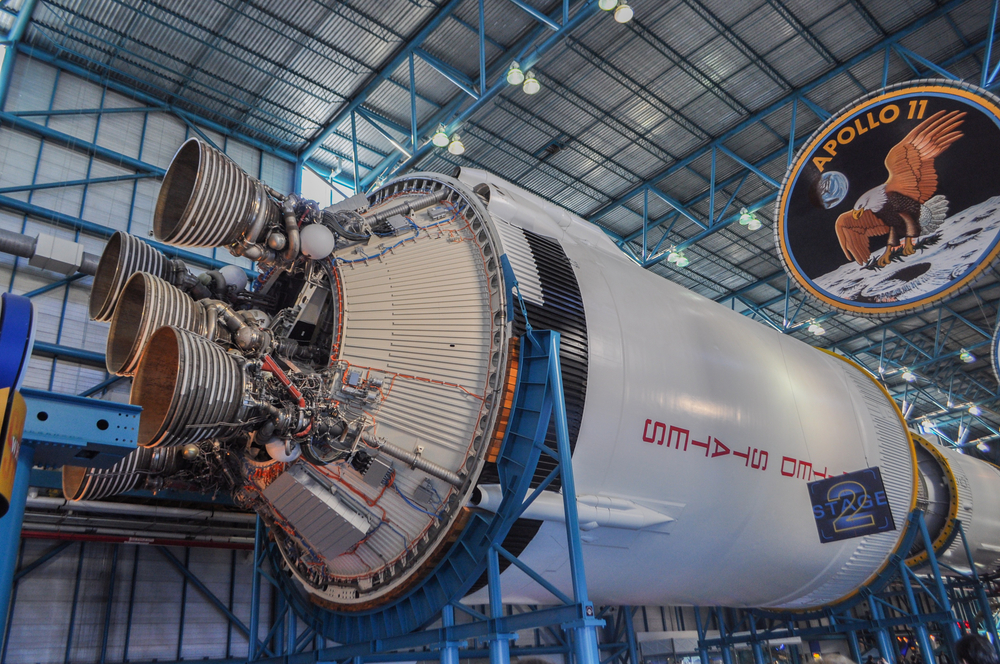
Launched by NASA on July 16, 1969, Apollo 11 was the mission that landed the first humans on the Moon. Astronauts Neil Armstrong and Buzz Aldrin walked on the lunar surface on July 20, 1969, while Michael Collins orbited above. This historic event fulfilled President Kennedy’s goal and demonstrated human capability to explore beyond Earth.
Voyager 1
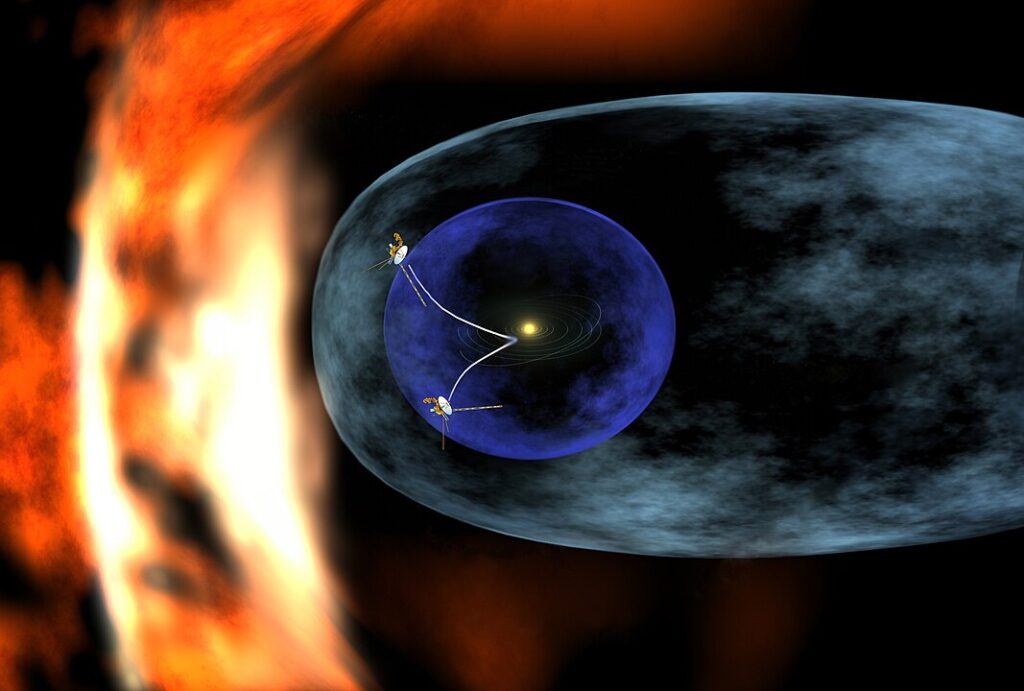
Launched in 1977, Voyager 1 is the farthest human-made object from Earth. Its mission was to study the outer planets, and it provided detailed images and data of Jupiter and Saturn. Voyager 1’s journey into interstellar space has expanded our understanding of the solar system’s boundary and the interstellar medium.
Hubble Space Telescope
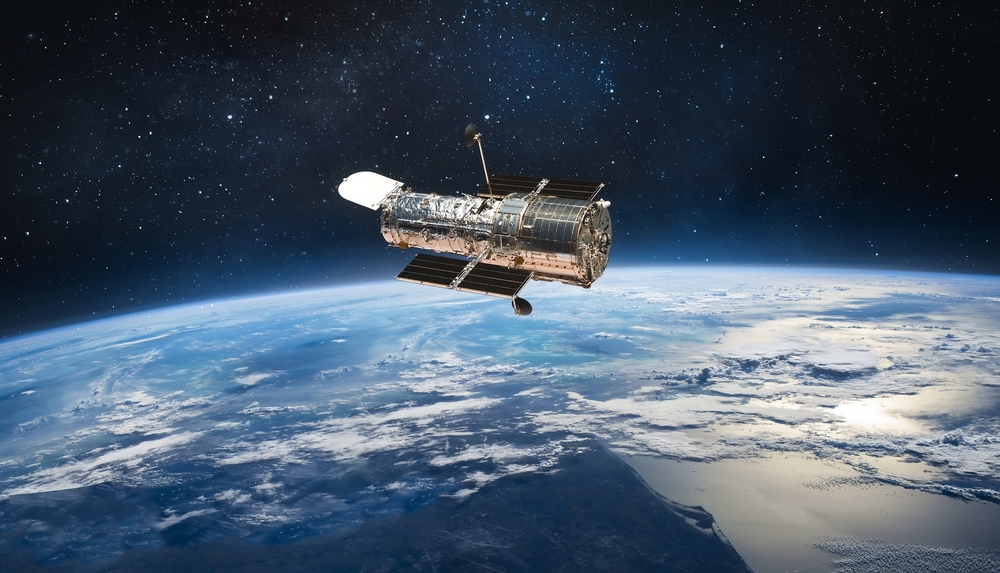
Since its launch in 1990, the Hubble Space Telescope has revolutionized our understanding of the universe. Positioned above Earth’s atmosphere, Hubble captures incredibly detailed images of distant galaxies, nebulae, and other astronomical phenomena, providing valuable data that has led to numerous scientific discoveries.
Mars Pathfinder
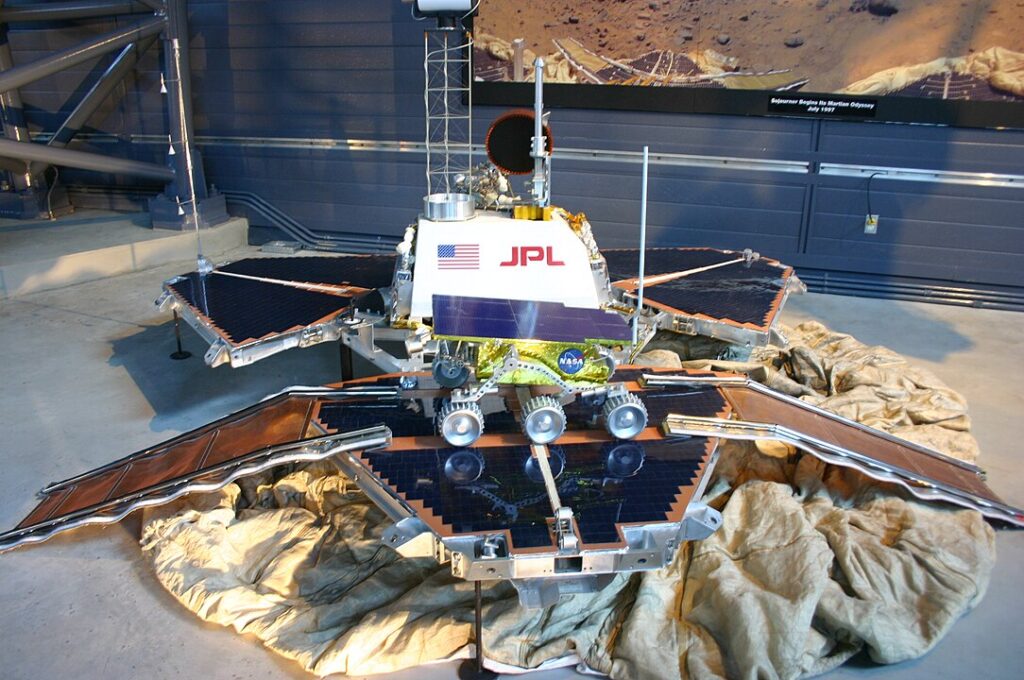
Launched in 1996, Mars Pathfinder delivered the Sojourner rover to the Martian surface. This mission demonstrated a new, cost-effective method for delivering scientific instruments to Mars. The data and images from Pathfinder and Sojourner significantly advanced our knowledge of Mars’ geology and atmosphere.
Cassini-Huygens
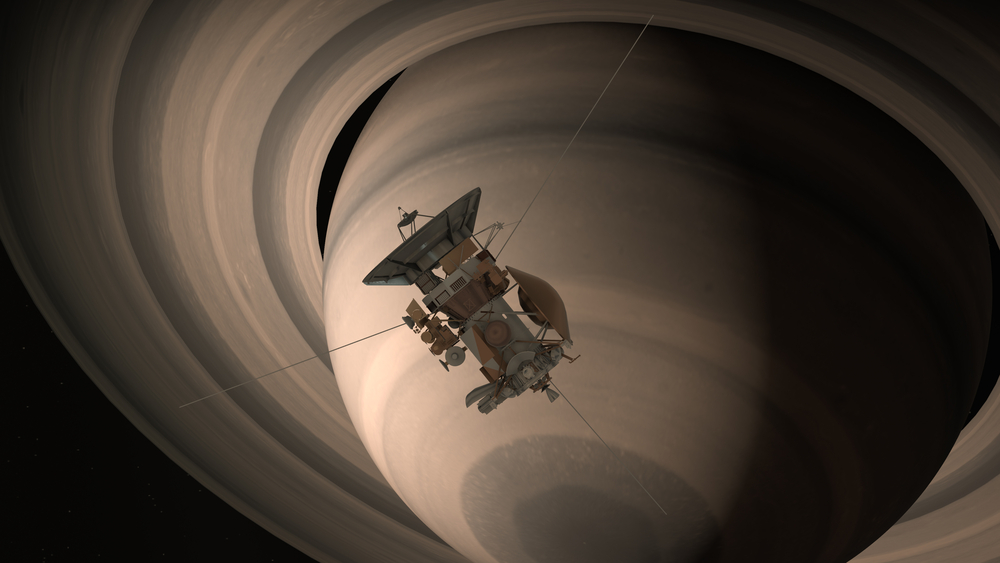
Launched in 1997, the Cassini-Huygens mission studied Saturn and its moons in unprecedented detail. Cassini orbited Saturn, providing detailed data on the planet’s rings and moons, while the Huygens probe landed on Titan, revealing its complex surface and atmosphere. This mission greatly enhanced our understanding of the Saturnian system.
International Space Station (ISS)
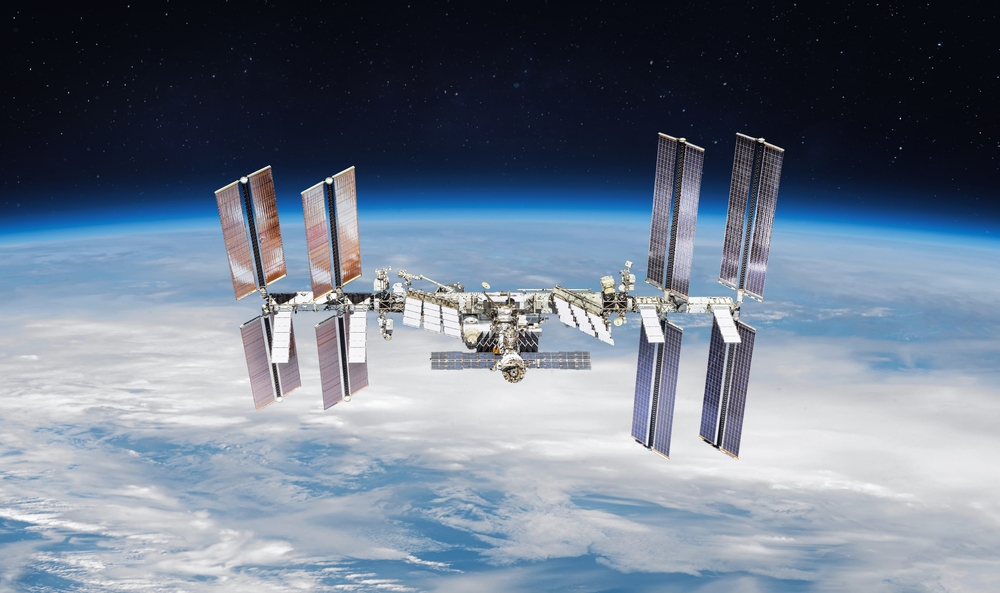
Operational since 1998, the ISS is a habitable artificial satellite and research laboratory. It represents international cooperation in space exploration and serves as a platform for scientific research, technology development, and international collaboration, advancing our understanding of living and working in space.
Spirit and Opportunity Rovers
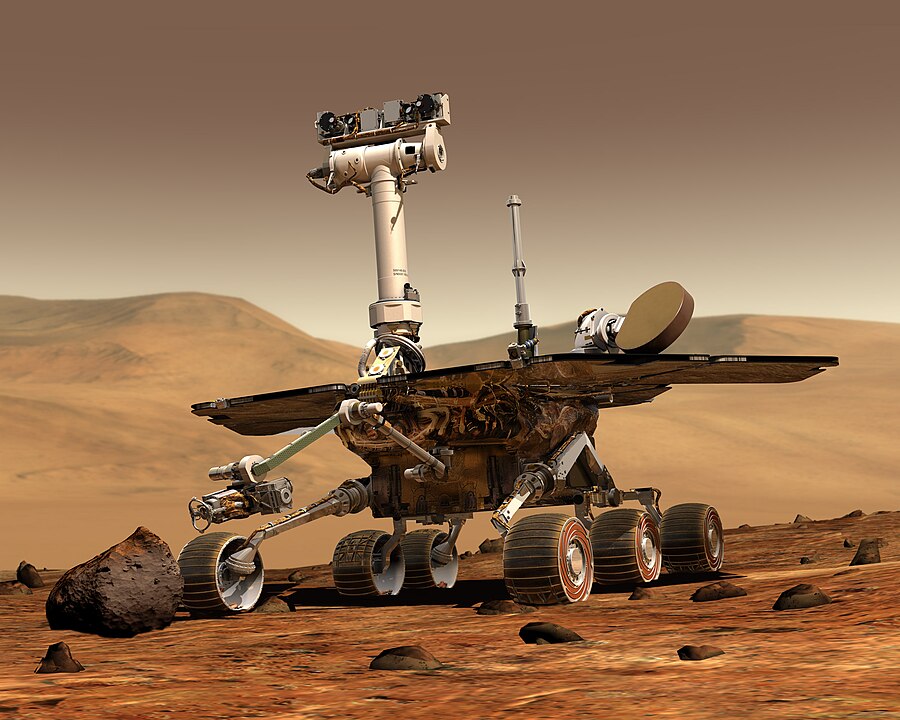
Launched in 2003, these twin Mars rovers significantly expanded our knowledge of the Martian surface. They found evidence of past water activity on Mars, providing crucial information about the planet’s history and its potential for past life. Their longevity and scientific contributions were remarkable.
New Horizons
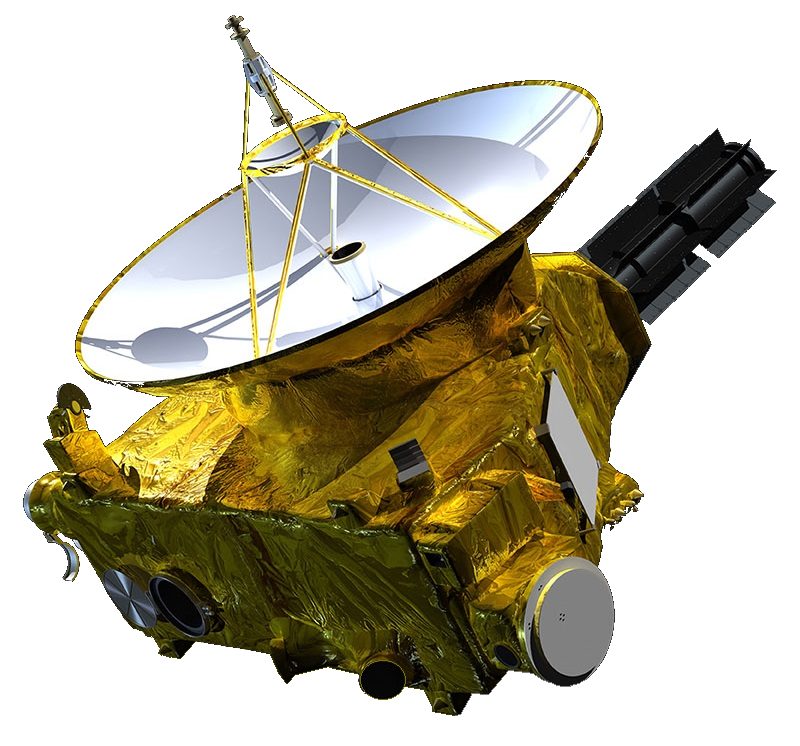
Launched in 2006, New Horizons provided the first close-up images of Pluto and its moons in 2015. This mission revealed Pluto’s complex geology and atmosphere, challenging previous assumptions about this distant dwarf planet and providing new insights into the outer reaches of our solar system.
Kepler Space Telescope
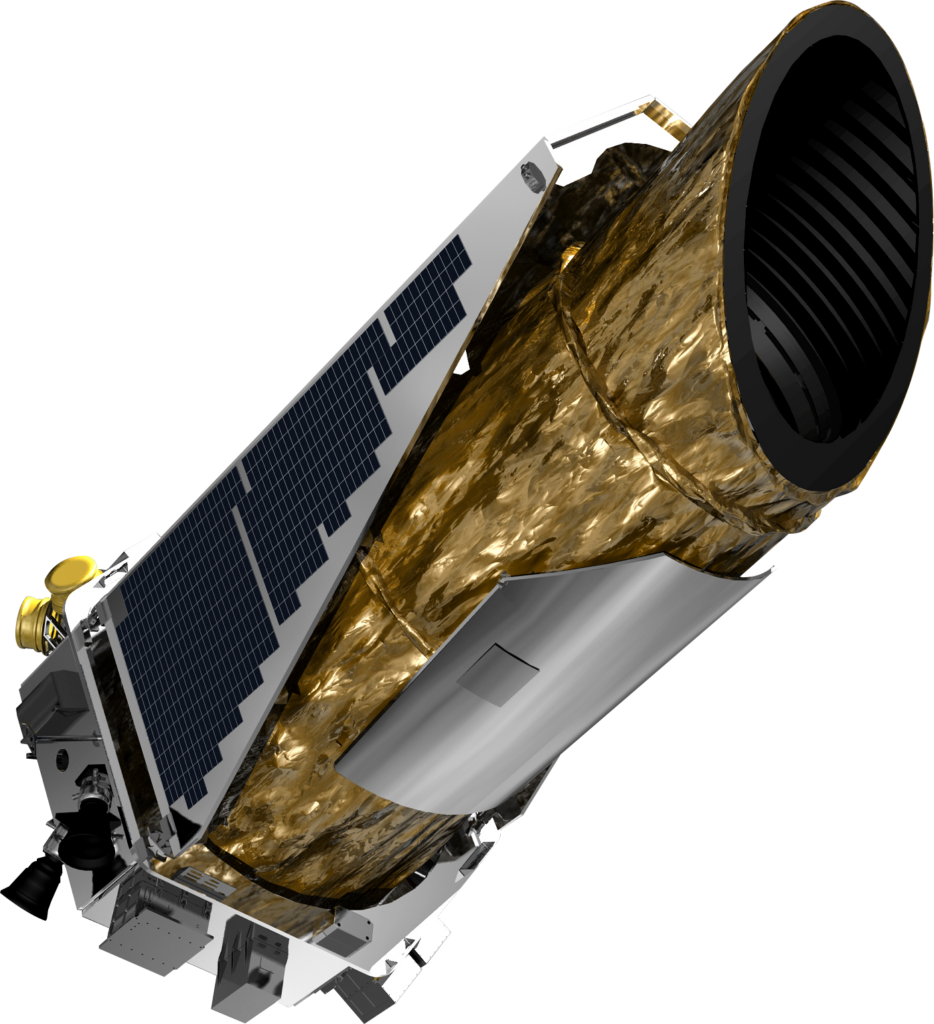
Launched in 2009, the Kepler Space Telescope discovered thousands of exoplanets, significantly expanding our understanding of planetary systems beyond our own. Kepler’s data has transformed our knowledge of the galaxy’s diversity and the potential for habitable worlds.
Curiosity Rover
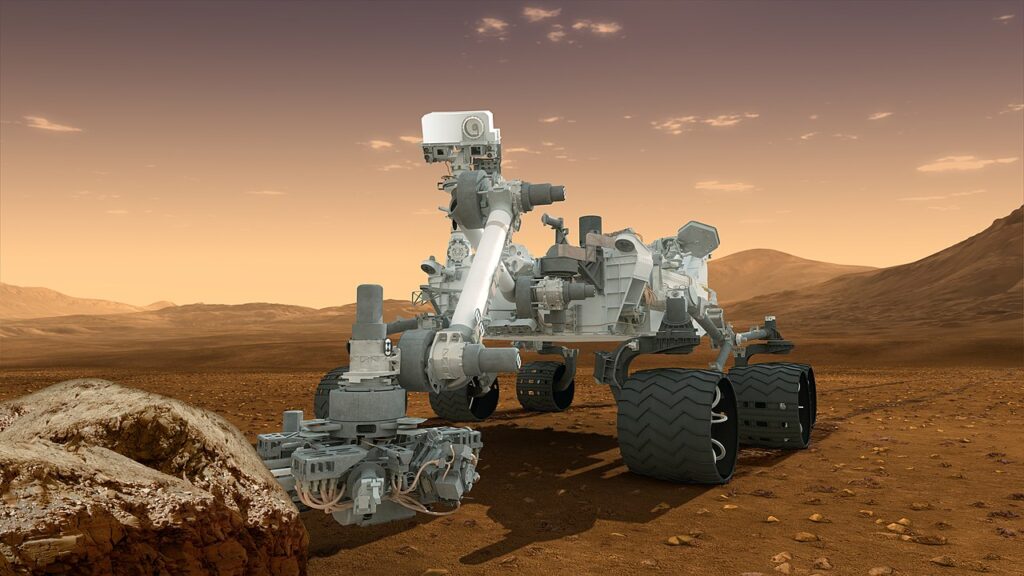
Since its launch in 2011, Curiosity has been exploring Mars, analyzing its climate and geology. This sophisticated rover has provided detailed information about Mars’ habitability, including evidence of ancient water flows and complex organic molecules, advancing our understanding of the planet’s potential to support life.
Rosetta

Launched by the European Space Agency in 2004, Rosetta made history by successfully landing the Philae probe on a comet in 2014. This mission provided invaluable data on the comet’s composition and behavior, enhancing our understanding of the early solar system and the role comets may have played in delivering water and organic materials to Earth.
Juno
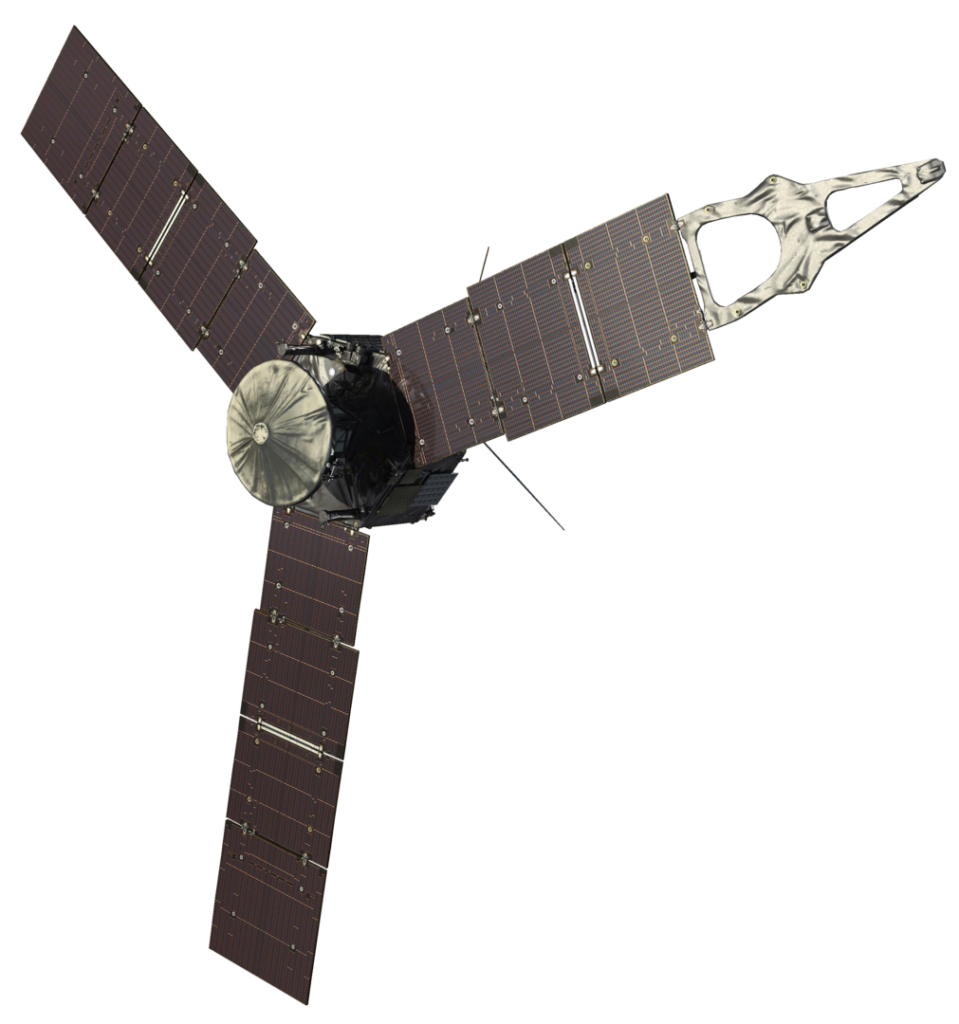
Launched in 2011, Juno studies Jupiter’s atmosphere, magnetic field, and interior structure. By orbiting closer to Jupiter than any previous spacecraft, Juno has provided detailed data on the planet’s composition, gravity field, and magnetosphere, offering new insights into the formation and evolution of giant planets.
Lunar Reconnaissance Orbiter (LRO)
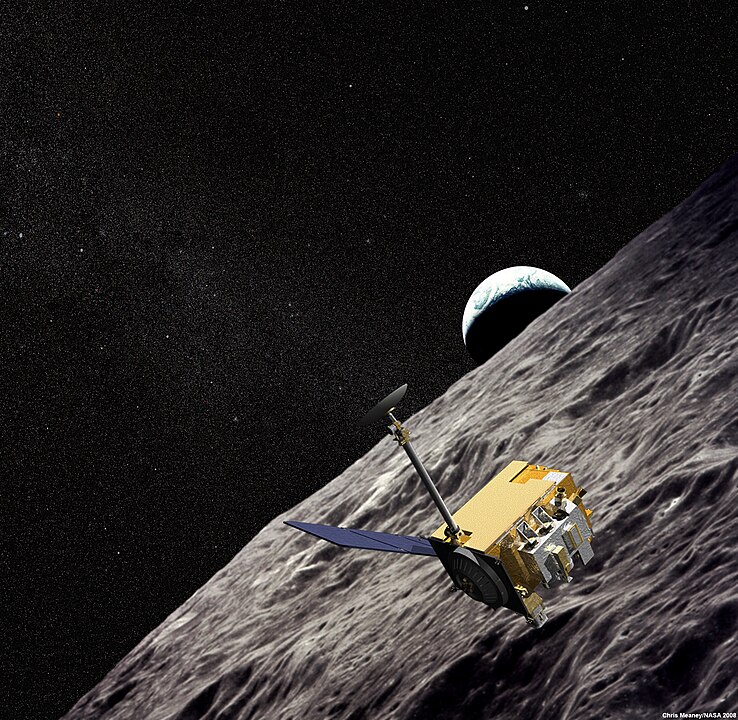
Launched in 2009, the LRO maps the Moon’s surface in high detail. Its data has provided critical information for future lunar exploration missions, including identifying potential landing sites and studying the Moon’s radiation environment and surface composition.
Galileo Orbiter
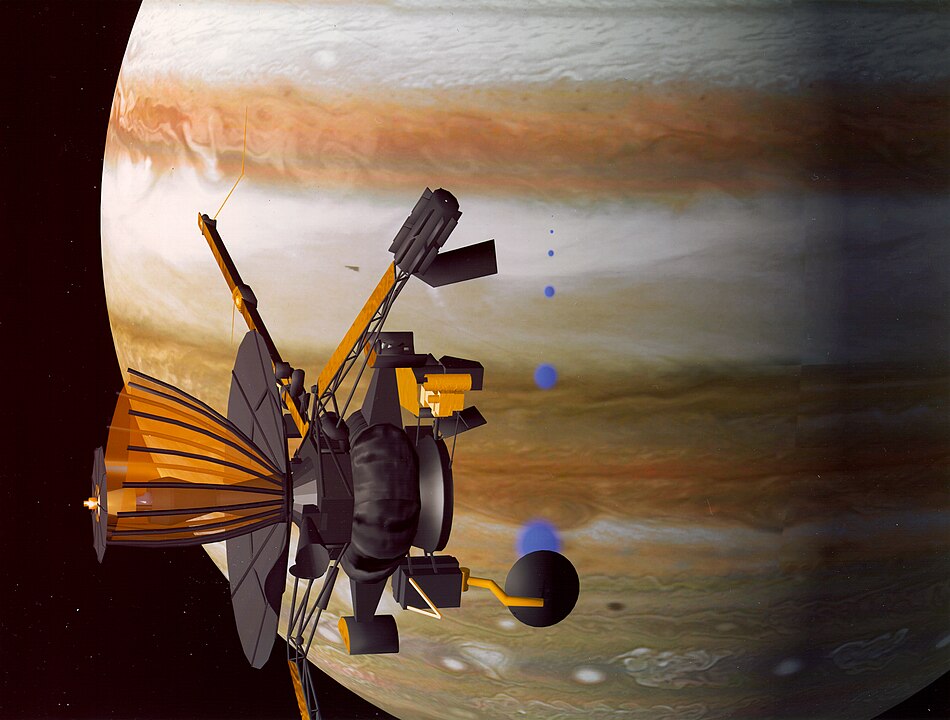
Launched in 1989, Galileo studied Jupiter and its moons extensively. It provided detailed images and data on Jupiter’s atmosphere, magnetosphere, and the geology of its moons, particularly Europa, Ganymede, and Io. Galileo’s findings have had a profound impact on our understanding of the Jovian system.
Chandra X-ray Observatory
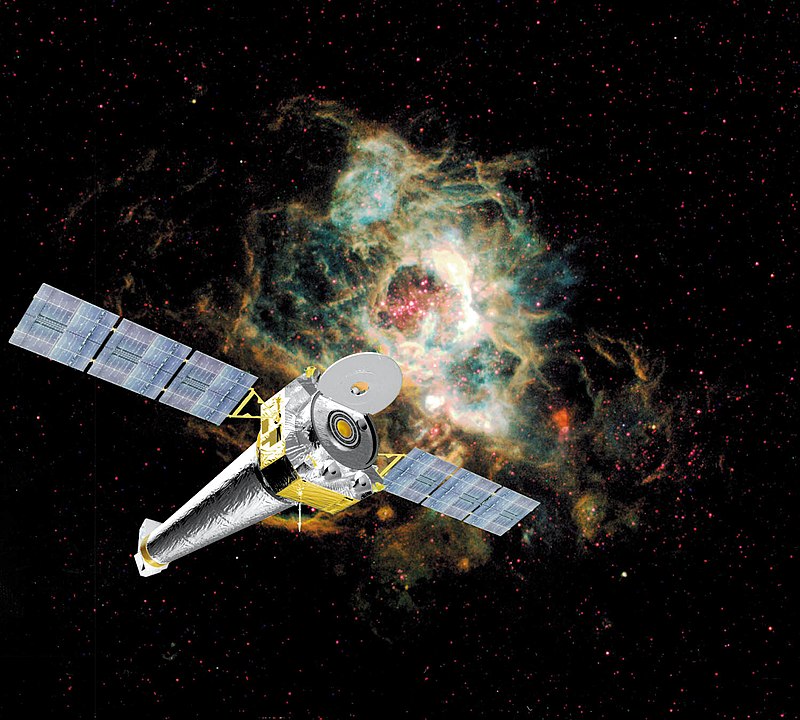
Since its launch in 1999, Chandra has observed X-rays from high-energy regions of the universe, such as black holes, supernovae, and galaxy clusters. Its observations have provided critical insights into the structure and evolution of the universe, revealing phenomena invisible to other telescopes.
Pioneer 10
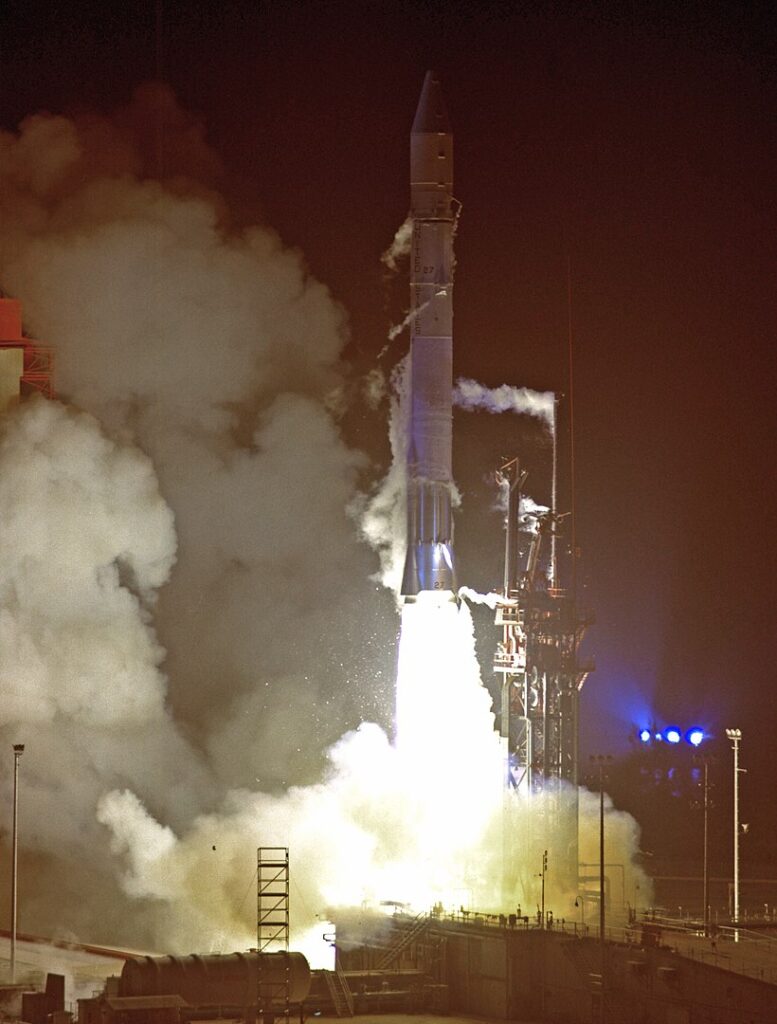
Launched in 1972, Pioneer 10 was the first spacecraft to travel through the asteroid belt and make a flyby of Jupiter. It provided the first close-up images of Jupiter and valuable data on the outer solar system, paving the way for future missions to the outer planets.
Mariner 10
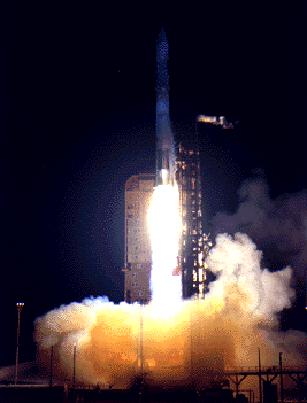
Launched in 1973, Mariner 10 was the first spacecraft to fly by Mercury. It provided the first detailed images of Mercury’s surface and conducted studies of its atmosphere and magnetic field, significantly advancing our understanding of the innermost planet.
Hayabusa
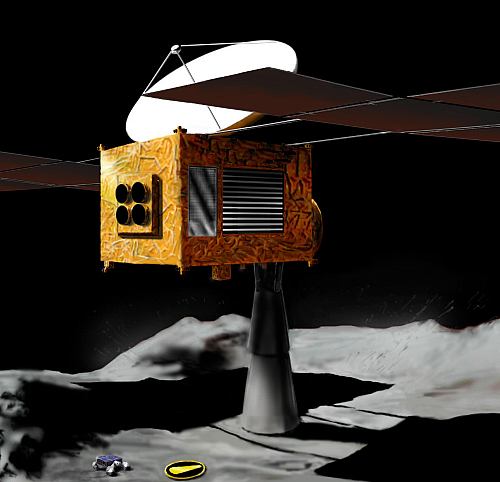
Launched by JAXA in 2003, Hayabusa was the first mission to return samples from an asteroid. Despite technical challenges, it successfully delivered asteroid material to Earth in 2010, providing valuable insights into the composition and history of these primordial bodies.
This article originally appeared in MyCarMakesNoise.
More from MyCarMakesNoise
25 Most Durable Cars Ever Made

When it comes to choosing a car, reliability and longevity are often top priorities. Some vehicles stand out from the rest, earning reputations for their exceptional durability and ability to go the extra mile. Read More
25 V6 Cars That Defied Expectations with Their Blazing Speed

When it comes to performance, V6 engines often get overlooked in favor of their more powerful V8 counterparts. However, some V6 cars have defied expectations, delivering impressive speed and agility that leave drivers and enthusiasts in awe. Read More
23 Japanese Sedans with Sports Car Performance

When you think of high-performance cars, sports cars often come to mind. However, many Japanese sedans offer impressive speed and agility that rival even the best sports cars. Read More

